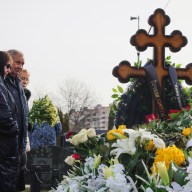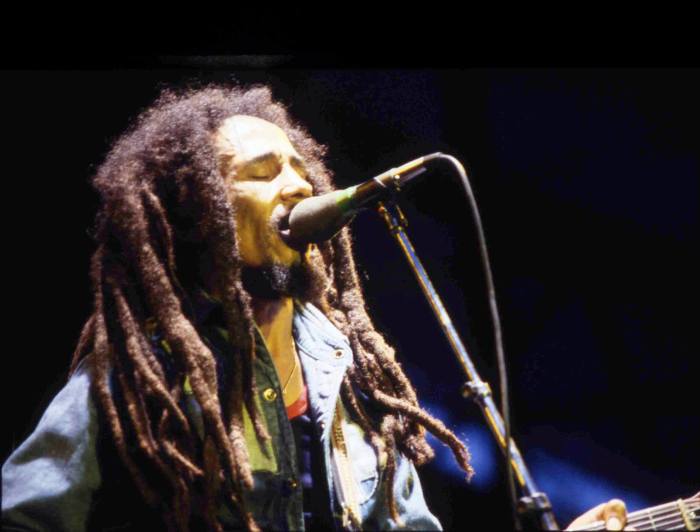Few people will ever see a great blue whale, as the largest animal in the world is endangered.
But Michael deRoos has spent every day for the last eighteen months working on the bones of one of these massive creatures.
Last spring, he helped dig the mammal’s carcass out of the ground in P.E.I. Now, he’s nearing completion of a whale of a task: Reassembling the skeleton for display at the soon-to-be-opened Beaty Biodiversity Museum at the University of British Columbia.
DeRoos, 30, began his work with skeletons by chance in 2000. He was completing his degree in biology at the University of Victoria — he thought he might become a vet — when he took a six-week intensive course at the Bamfield Marine Sciences Centre.
For his project for the course, he decided to assemble a skeleton. The centre had a sea otter, so deRoos used the skills he’d learned at his father’s general contractor business and put in 12-hour days working with bones.
His professor clearly liked the result. Two years later, she recommended him for a job at the new Johnstone Strait Killer Whale Interpretive Centre.
DeRoos help finish construction on the centre and began working with its large collection of bones. By his second year there, he was tackling a 60-foot fin whale.
In 2005, a professor from UBC asked deRoos to assemble a killer whale. He’s been freelancing for the school ever since.
“Each one I’ve done gets a little better than the last one,” says deRoos. He began making his skeletons more active; showing the animal jumping or feeding.
He starts each project by cleaning off the bones. He boils the carcass, then either puts the bones in the ocean in a fishing net or buries them in horse manure. Eight months later, the bones are clean and just need a treatment with bleach or some time in the sun.
In the meantime, he’s designing his skeleton. He uses pictures and video images of the live creature to see how it’s put together and how it moves.
To rebuild the animal, deRoos creates a steel frame. He affixes bones to the steel by drilling small holes in the bones, or gluing them. He hires a sculptor to recreate any bones that have been lost (it’s inevitable) and an artist to paint over any damage he’s done to the bones.
Then it’s the fun part: Putting it all together, and hearing everyone’s comments.















